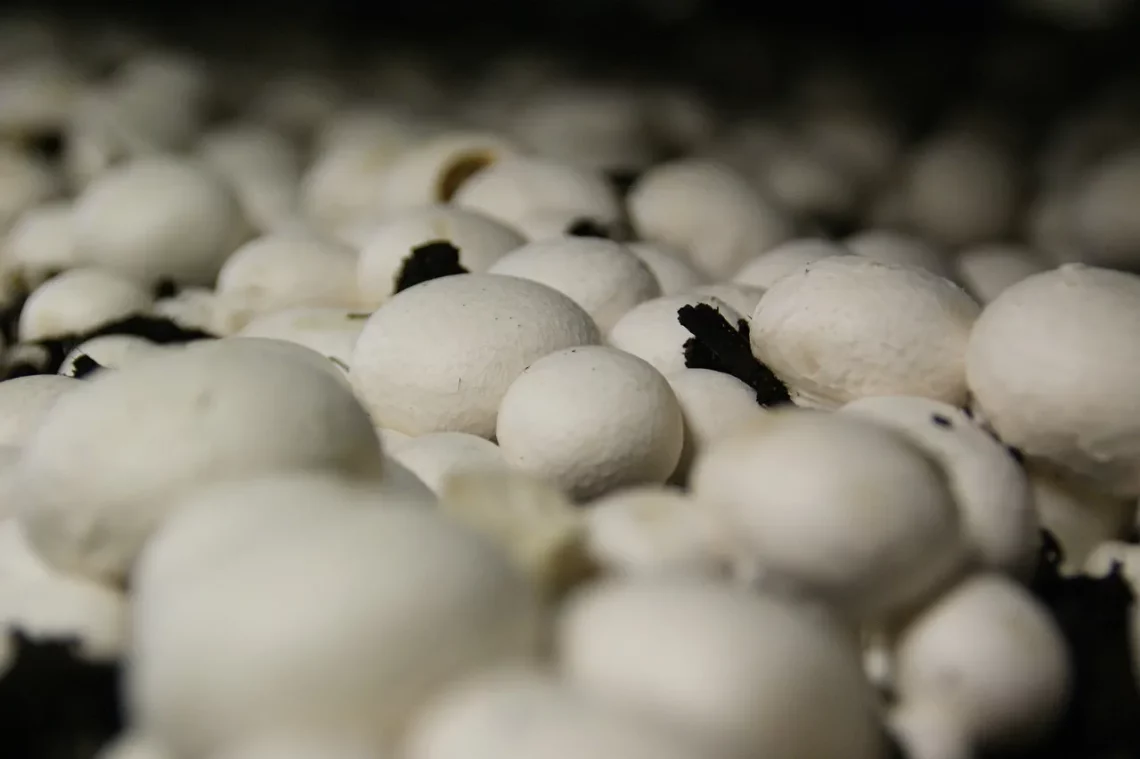
Choosing the Best Substrate for Your Ball Python Habitat
Creating a suitable habitat for your ball python is crucial for its well-being and longevity. The environment you provide can significantly impact your pet’s health, behavior, and overall happiness. One of the most critical components of this habitat is the substrate, which serves not only as the floor of the enclosure but also affects humidity levels, temperature regulation, and even the snake’s ability to burrow and explore. With various substrate options available, it’s vital for any ball python owner to understand the pros and cons of each. The right substrate not only enhances the aesthetic appeal of the enclosure but also aligns with the natural behaviors of these reptiles. Choosing the best substrate involves considering factors such as safety, absorbency, ease of cleaning, and the ability to maintain appropriate humidity levels. In this way, your choice can contribute to a thriving environment for your ball python, minimizing stress and promoting natural behaviors. Let’s delve deeper into the various substrate options to help you make an informed decision for your scaly companion.
Understanding Substrate Types
When it comes to choosing a substrate for your ball python, understanding the different types available is the first step. Common substrates include newspaper, aspen shavings, coconut fiber, and reptile carpet. Each type has unique properties that can influence your snake’s habitat.
Newspaper is a popular choice for many reptile owners due to its affordability and ease of use. It absorbs moisture, is easy to clean, and allows for quick spot cleaning. However, it lacks the naturalistic appearance that some snake owners prefer. Aspen shavings, on the other hand, provide a more visually appealing environment. They are excellent at absorbing moisture and controlling odors, making them a practical choice. The only downside is that aspen can sometimes be ingested, leading to potential health issues.
Coconut fiber, or coir, is another excellent substrate option. It offers a more natural feel and helps retain humidity, which is essential for ball pythons. This substrate is also biodegradable, making it an environmentally friendly choice. However, it can be more challenging to clean and may need to be replaced more frequently than other substrates.
Reptile carpet is a synthetic option that is reusable and easy to clean. It allows for good drainage and does not pose a risk of ingestion. However, it may not provide the same level of humidity control as organic substrates. Each type of substrate has its benefits and drawbacks, so selecting one that aligns with your ball python’s needs and your maintenance preferences is essential.
Factors to Consider for Your Ball Python
Selecting the best substrate for your ball python involves considering several factors. One of the most critical is the humidity level in your enclosure. Ball pythons thrive in environments with humidity levels ranging from 50% to 60%. Substrates like coconut fiber or sphagnum moss can help maintain these levels, particularly in drier climates.
Another essential factor is the safety and comfort of your snake. Substrates should be free from chemicals and additives that could harm your pet. Always choose natural, untreated options when possible. The substrate should also allow your ball python to exhibit natural behaviors, such as burrowing and exploring. This is crucial for their mental stimulation and overall health.
Ease of cleaning is another consideration. Substrates that are difficult to clean can lead to unhealthy environments, increasing the risk of bacterial growth and diseases. Newspaper and reptile carpet are easier to maintain, while organic options may require more effort.
Lastly, the aesthetic appeal of the substrate plays a role in creating a pleasant environment for both you and your ball python. A visually appealing setup can enhance the enjoyment of having a pet snake. Striking a balance between practicality and aesthetics is vital in choosing the right substrate.
Humidity Control and Maintenance
Humidity control is a crucial aspect of maintaining a suitable habitat for your ball python. As mentioned earlier, these snakes require a humidity level between 50% and 60%. Failing to maintain proper humidity can lead to health issues such as shed problems and respiratory infections.
When selecting a substrate, consider how well it retains moisture. Coconut fiber, for instance, is excellent for maintaining humidity levels, as it can hold moisture without becoming soggy. If you choose a substrate that doesn’t retain moisture well, you may need to mist the enclosure regularly or use a humidity gauge to monitor levels closely.
In addition to substrate choice, the enclosure’s design can also impact humidity. Incorporating water dishes, live plants, and hides can help create a more humid microenvironment. Additionally, covering a portion of the enclosure with a lid or using a humidity dome can also aid in maintaining higher humidity levels.
Regular maintenance is crucial to ensure a healthy environment for your ball python. Spot cleaning should be done weekly, removing waste and uneaten food. Depending on the substrate you choose, full substrate changes may be necessary every few weeks to maintain hygiene. Always monitor humidity levels and adjust your care routine as needed to keep your snake comfortable and healthy.
Common Mistakes to Avoid
While selecting the right substrate for your ball python is essential, many owners make common mistakes that can negatively impact their pet’s environment. One of the most significant errors is choosing a substrate that poses a health risk. For example, substrates like cedar shavings emit harmful oils that can be toxic to reptiles. Always opt for safe, reptile-friendly substrates.
Another mistake is neglecting humidity control. Ball pythons are prone to shedding issues if their humidity levels are too low. This can lead to retained shed, which can cause stress and health complications. Regularly check humidity levels and adjust your substrate or care routine as needed.
Overlooking the importance of natural behaviors is also a common pitfall. Ball pythons enjoy burrowing and hiding, so providing substrates that allow for these behaviors is crucial. A barren environment can lead to stress and boredom, negatively impacting your snake’s overall health.
Finally, many owners underestimate the need for routine maintenance. A clean environment is essential for preventing bacteria and parasites. Regularly inspect the enclosure and remove waste promptly. A good cleaning regimen will keep your ball python healthy and thriving.
In conclusion, selecting the best substrate for your ball python habitat is a multifaceted decision, requiring careful consideration of various factors. By understanding the types of substrates available, assessing your snake’s needs, and avoiding common pitfalls, you can create a safe and comfortable environment that promotes health and happiness. Your ball python will thank you for it!
**Disclaimer:** This article is for informational purposes only and does not constitute medical advice. For health-related concerns, please consult a qualified veterinarian.




